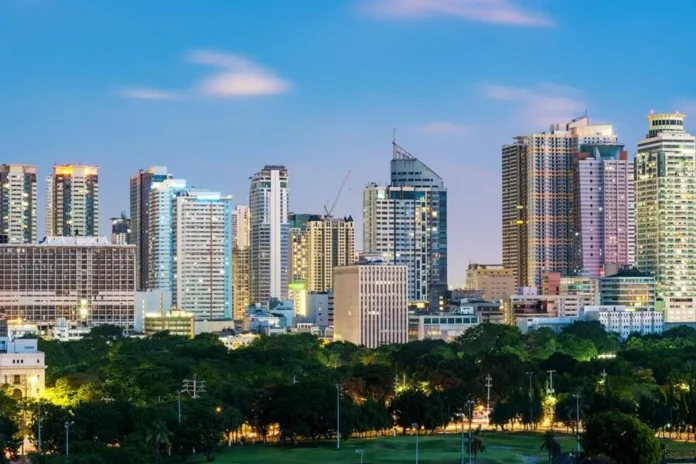The World Bank anticipates a faster pace of economic growth for the Philippines in the coming years, although it expects this growth to fall short of the government’s targets.
According to the World Bank’s East Asia and the Pacific Update report for April, the multilateral institution has revised its gross domestic product (GDP) growth forecast for the Philippines in 2025 to 5.9 percent, up from the 5.8 percent projected earlier this year.
This revised forecast indicates a faster GDP expansion compared to the expected 5.8 percent growth for this year. However, it remains below the ambitious target of 6.5 to 8 percent set by the Development Budget Coordination Committee (DBCC) for 2025.
While the projected growth for 2024 is higher than the 5.6 percent recorded last year, it falls short of the government’s target range of 6.5 to 7.5 percent for this year.
If the forecast for 2024 materializes, the Philippines would stand out as one of the fastest-growing economies in Southeast Asia, alongside Cambodia, which is also forecasted to achieve 5.8 percent growth this year.
The World Bank’s Macro Poverty Outlook indicates that the Philippine economy is expected to maintain a growth rate of 5.9 percent in 2026, although this would still be below the government’s growth target.
Aaditya Mattoo, the World Bank’s East Asia and Pacific chief economist, highlighted that sustained growth in the Philippines, as in much of the region, has been driven by consumption and the recovery in the services sector. He mentioned that the Philippines stands to benefit from significant reforms such as the amended Public Service Act, which should attract greater foreign investment, although the immediate impact has been somewhat muted.
Mattoo also pointed out potential risks, particularly the vulnerability to climate-related shocks. He emphasized the need for substantial investment in adaptation measures, including early warning systems and resilient infrastructure, to mitigate these risks effectively.
Geopolitical conflicts were identified as another potential factor that could impact economic growth, leading to inflationary pressures and slower growth globally. Additionally, a resurgence in inflation in the US could result in higher interest rates, affecting growth across the region.
The World Bank’s projections also indicate a gradual easing of inflation in the Philippines, from an average of 3.6 percent this year to three percent in 2025 and 2026. This follows a period of accelerated inflation in the country, breaching the Bangko Sentral ng Pilipinas’ target range in recent years.
Furthermore, the World Bank expects a decline in poverty incidence in the Philippines, with the poverty rate projected to decrease from 17.8 percent in 2021 to 12.2 percent this year and further to 9.3 percent by 2026, based on the poverty line for lower-middle-income countries.




